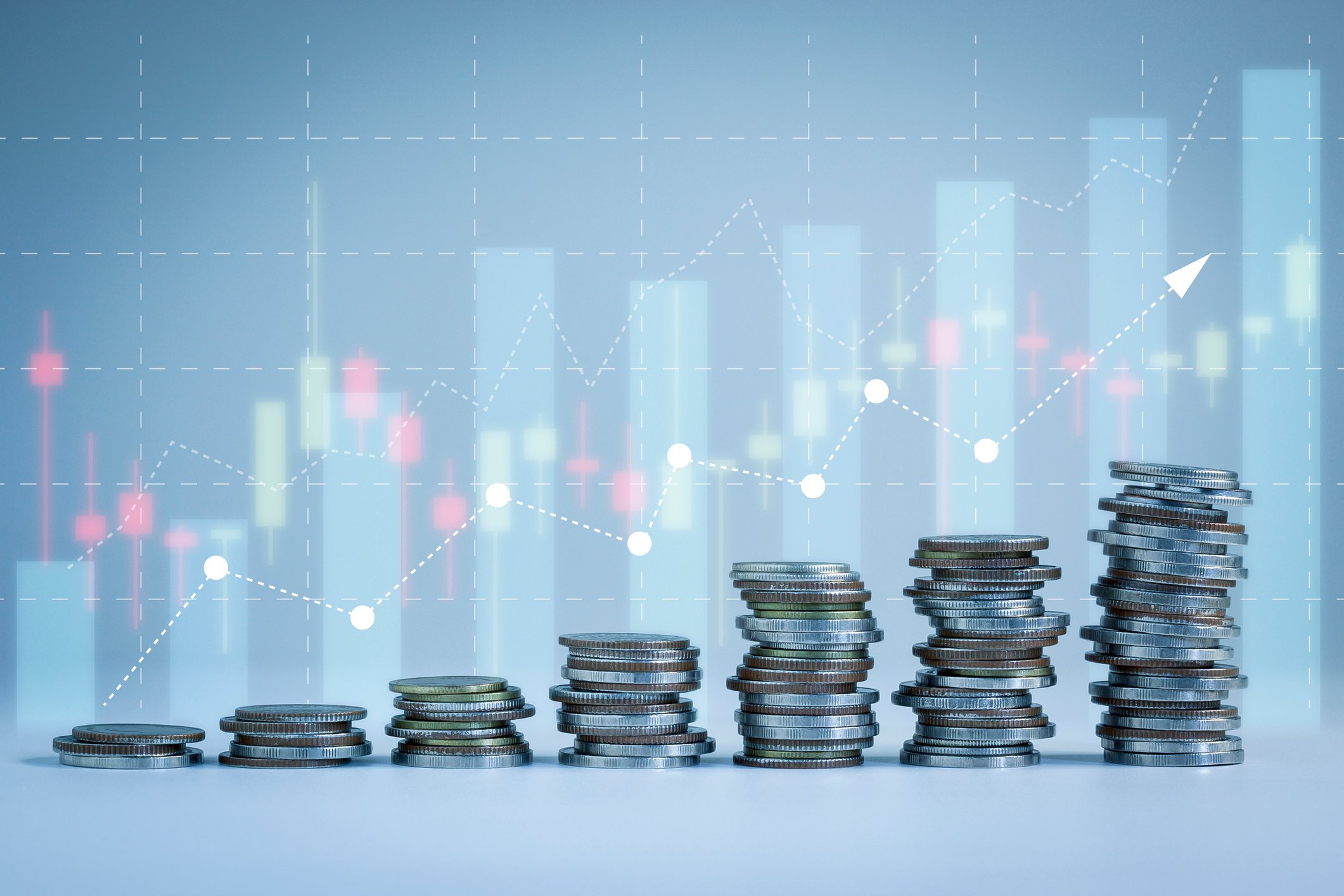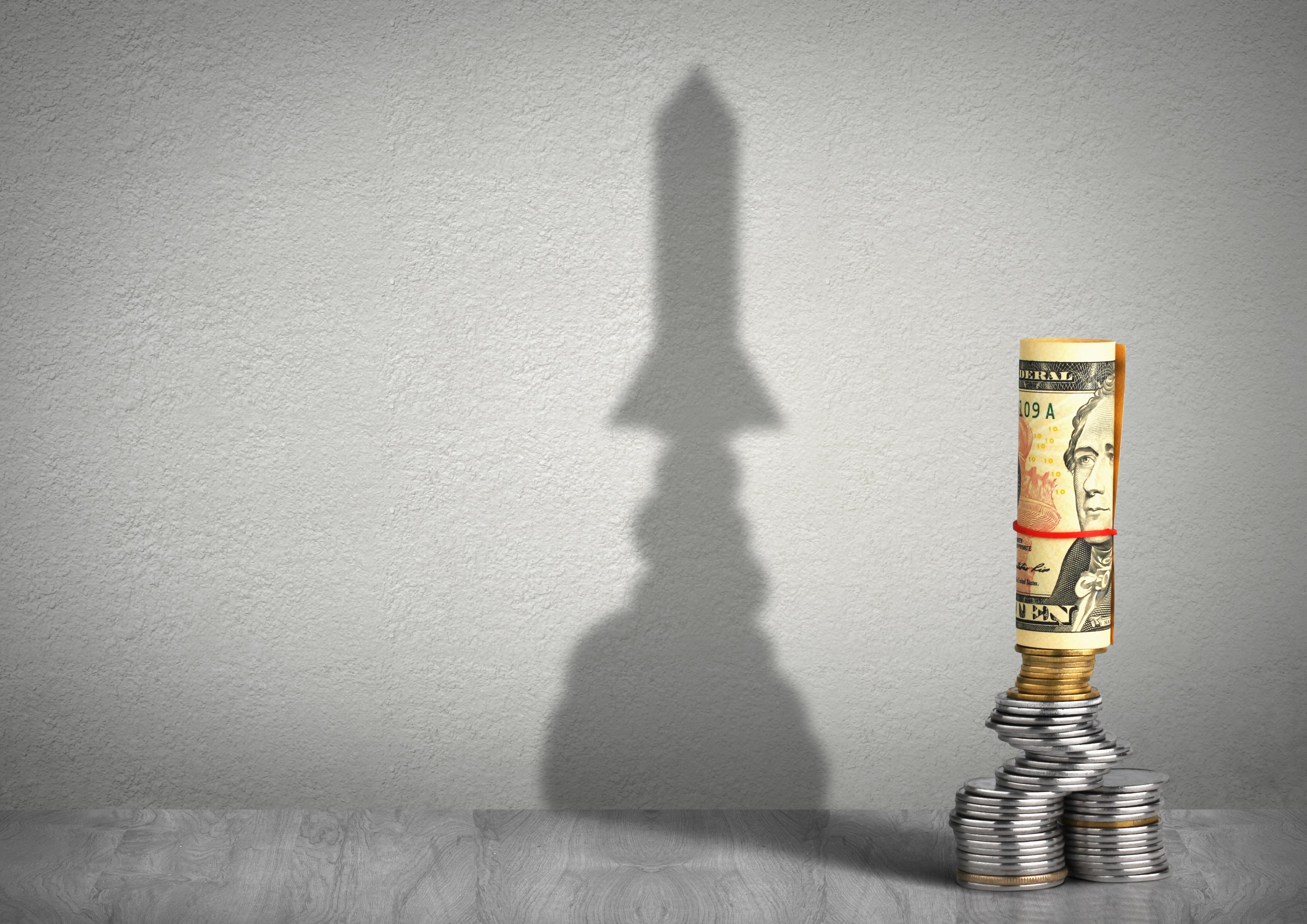Kinder Morgan (KMI +1.45%) has a long history with public market investors. The energy company has been public in some form since the late 1990s. At one point, the pipeline giant's empire included three publicly traded companies with Kinder Morgan in the name.
That list, however, shrank by one in 2006 when Kinder Morgan's management team took the primary entity private. They reintroduced it to the public again in 2011 in what was the largest private equity-backed IPO in history.
Unfortunately, investors who parked a $1,000 in that public iteration of Kinder Morgan haven't done too well since shares are currently about 33% below the IPO price. That turned a $1,000 investment into about $646. Even after adding in the company's dividend, investors would have only about $907.50.
Here's a look at why Kinder Morgan hasn't enriched investors the second time around.

Image source: Getty Images.
Building an empire
When a group of private equity firms helped Kinder Morgan's management team take the company private in 2006, the deal valued the company at $22 billion, which included $15 billion in equity and $7 billion in debt. When it went public again five years later, the $30 a share IPO price valued the stock at $21 billion. The company also had $12 billion in debt at the time, giving it an enterprise value of $33 billion.
With access to public market investors, Kinder Morgan used its stock to make acquisitions. In May of 2012, the company bought the El Paso Corporation for about $38 billion in a deal that made it one of the largest midstream companies in North America. The merger also gave Kinder Morgan control over El Paso's master limited partnership, El Paso Energy Partners. That brought the company's publicly traded family up to four as Kinder Morgan also had a namesake MLP, Kinder Morgan Energy Partners, and another entity, Kinder Morgan Management, that allowed institutions to invest in its MLP.
Kinder Morgan would go on to consolidate its empire in 2014 when it acquired all its publicly traded affiliates in a transaction valued at $76 billion. The mega-merger created the largest energy infrastructure company in North America, with an enterprise value of $140 billion. The deal also increased the company's total debt to around $45 billion.

Image source: Getty Images.
Cracks in the foundation
By early 2015, Kinder Morgan's stock was riding high, trading for more than $40 per share, which was roughly 20 times its cash flow at the time. As such, investors who plowed $1,000 into the company at its IPO a few years earlier would have owned stock worth about $1,428 plus made another $250 in dividends.
The company's stock price, however, fell off a cliff later that year as the oil market went into a tailspin. Crude prices, which were over $100 a barrel in 2014, fell into the $30s by late 2015.
That slump in the oil market had a direct impact on Kinder Morgan's earnings since it produces some crude in its carbon dioxide business. Because of that, and some other issues, the company's leverage ratio rose to more than 5.5 times debt-to-EBITDA, which had it at risk of losing its investment-grade credit rating. Meanwhile, with the company's stock price tumbling, it could no longer issue new shares to help finance its operations. That forced the company to take action to shore up its financial foundation, including slashing its dividend by 75% so that it could retain more cash to fund its expansion projects.
The company has worked hard since that time to firm up its financial foundation. It has sold several assets over the past few years, which have helped it reduce its debt by $8.3 billion, pushing its leverage ratio down to a much more comfortable 4.4 times debt-to-EBITDA. Meanwhile, it has used its retained cash flow to fund expansion projects. Because of that, Kinder Morgan's earnings are back above their 2015 peak. As things stand right now, the company expects to generate $2.24 per share of cash flow next year. That would be about 6% above 2015's level and more than 80% higher than it was earning at its IPO.
Why IPO investors have lost money on Kinder Morgan
Kinder Morgan has grown significantly since its initial public offering in 2011. The company's stock price, however, has declined during that period because its valuation multiple has plunged. After selling for more than 20 times cash flow for much of the first half of this decade, shares now only fetch about 10 times cash flow.
That's due primarily to a significant change in sentiment. Investors once saw Kinder Morgan as an investment that could deliver a steadily growing income stream. However, with the company slashing its payout in 2015 to shore up its financial profile, investors have lost complete confidence in its management team's ability to deliver results. It has yet to win them back. That's why they're not willing to pay as much for the stock as they did at its IPO.






